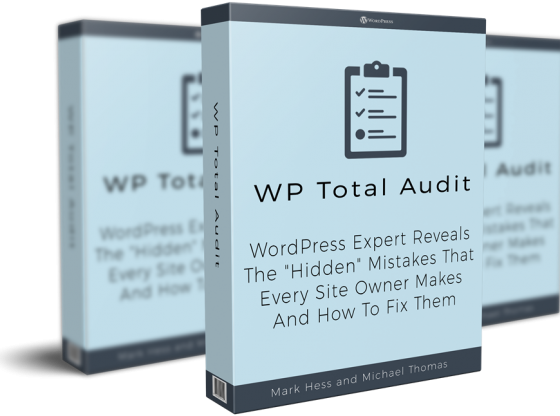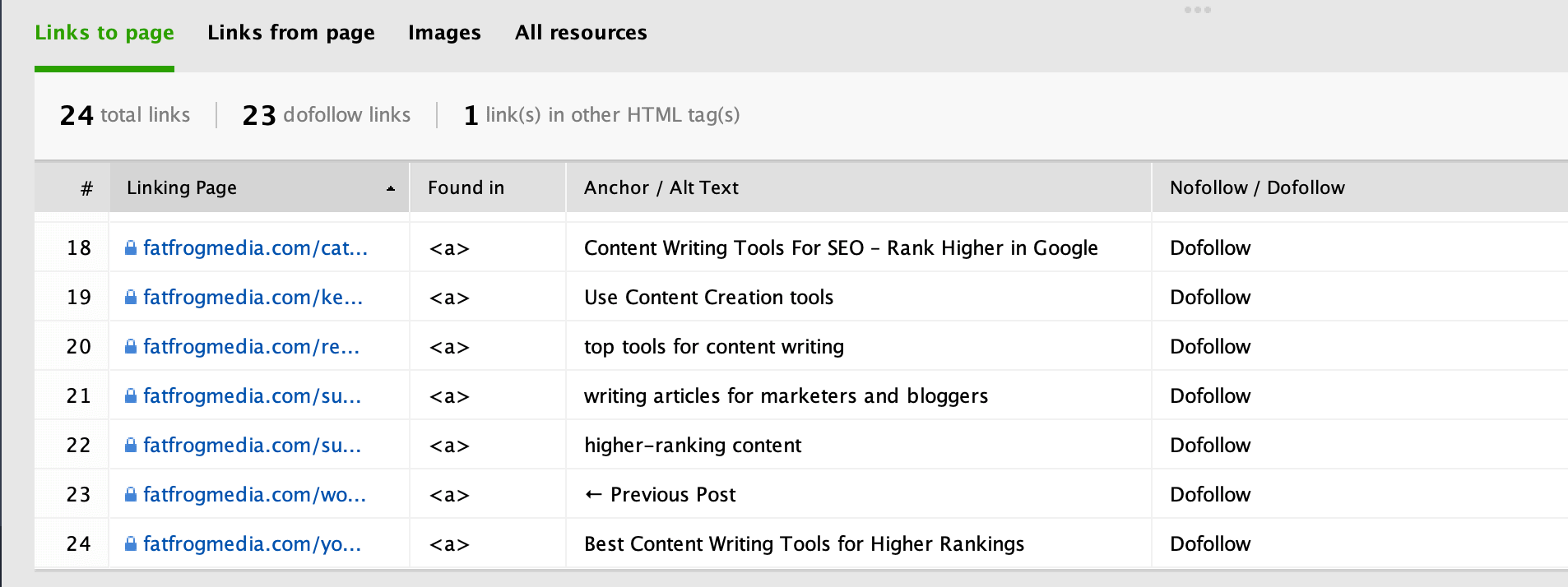

The client, to save having to pay admin fees to the old agency (yes, some charge) don’t bother to move the domain, and just ask for it to be pointed to server B.The agency keeps the domain in their control with the nameservers pointing to server A (original host).Usually the client has hosted with an agency originally but then moved elsewhere. I see it quite often with clients who’ve changed host a few times.

Similar to internal redirect chain issues, it’s possible to end up with DNS chaining issues. social media) point to the final destination, not a part of the chain. Use a redirect checker tool to check how many hops your homepage and key pages contain before they actually load, and where possible trim out any ‘middle’ hops.īetter yet, avoid the need for hops in the first place by avoiding changing URL structure and ensuring that any external links (where under your control, e.g. Redirect chains are costly to both performance and SEO, and while discussing the latter is out of scope for this post, you will want to thank me later for fixing this one.Ī common redirect chain might be from to to – and sometimes there’s a in there for good measure.Įach of the ‘hops’ in a redirect chain add response time that can be avoided. product category structure, they also occur on homepages frequently. Although these are quite common for internal pages, especially when clients start messing with e.g.
#ONLINE WP WEBSITE AUDITOR SERIES#
Check for redirect chainsĪ redirect chain is a series of redirects in a row from URL A (the page you request) and URL Z (the page you end up on).
#ONLINE WP WEBSITE AUDITOR UPGRADE#
If it isn’t, your number one priority should be to contact your host to see if HTTP/2 is available, or an upgrade to the site’s web hosting, before doing anything else. You can use this tool to check if your website is hosted on a server that supports HTTP/2. In particular, and relevant to web performance, it has the ability to send multiple requests over a single connection which increases the speed at which a website gets from the server to the browser.Īt time of writing, w3techs estimates that 41.6% of websites are using HTTP/2, and it’s crucial that yours is one of them. HTTP/2 is the successor to HTTP/1.1 and brings many improvements. Your browser makes an HTTP request, and the server responds with an HTTP response. HTTP ( HyperText Transfer Protocol) is, in simple terms, the method in which the browser communicates with a web server. These first steps apply to any website, and should take priority in your checks: Check for HTTP/2 support This is about tackling some of the big easy wins for tinkerers and devs, not a complete course on performance optimisation and auditing. Lastly, this isn’t the be-all and end-all of web performance. a big e-commerce site is going to have different issues to Joe Smith’s recipe blog. Some of these points may be more important for one type of website but not another, e.g. It’s important to note that the cost of ‘fixing’ some of these points vs the value of doing so may not always add up – micro optimisations and tiny tweaks are great for nerds chasing the big green ‘100’ in Google’s PageSpeed Insights tool, but may not offer any real world improvement to actual customers. Return to Table of Contents Important Notes This guide also assumes you have basic admin knowledge of WordPress, know your way around the web a bit, or generally have some degree of tech literacy. Some of the tips work for other platforms, but for the most part they’re WP-centric. This guide assumes you’re auditing or tinkering with a WordPress website. Why that optimisation plugin might be making things worse.Are we loading resources in an optimal order?.Look for opportunities to reduce HTTP requests.


 0 kommentar(er)
0 kommentar(er)
